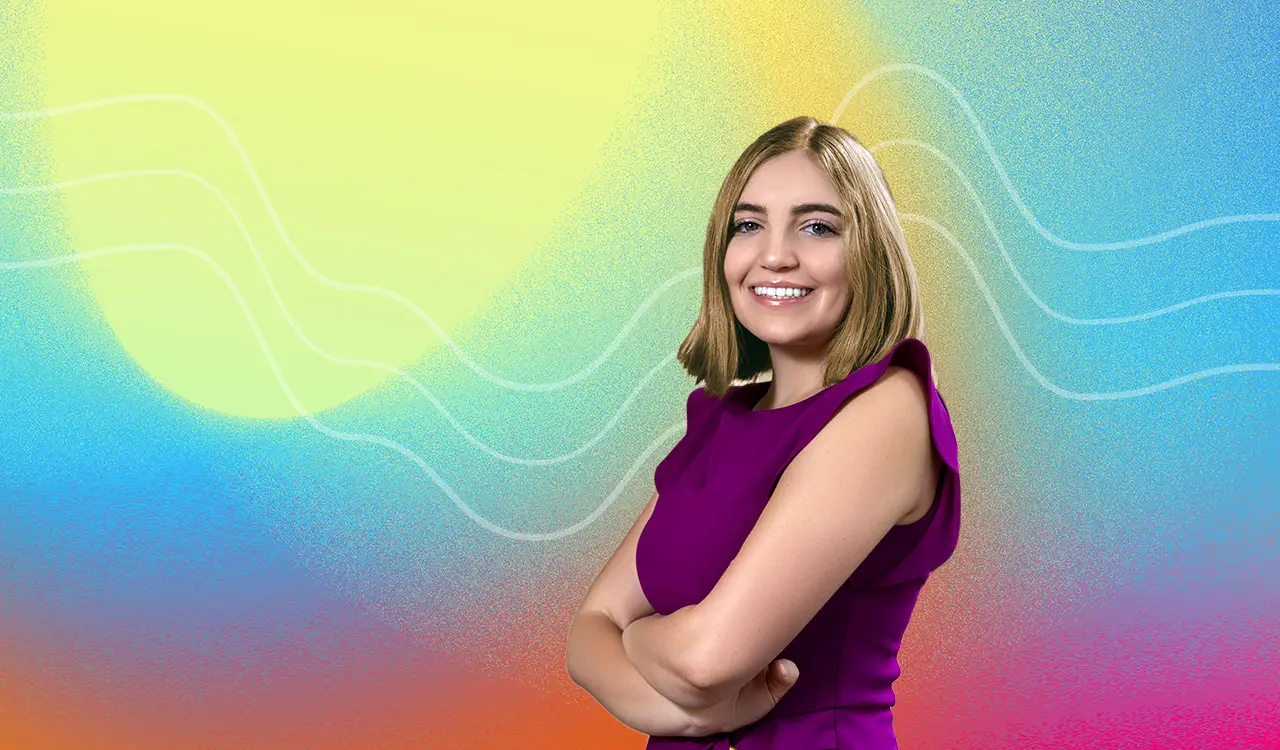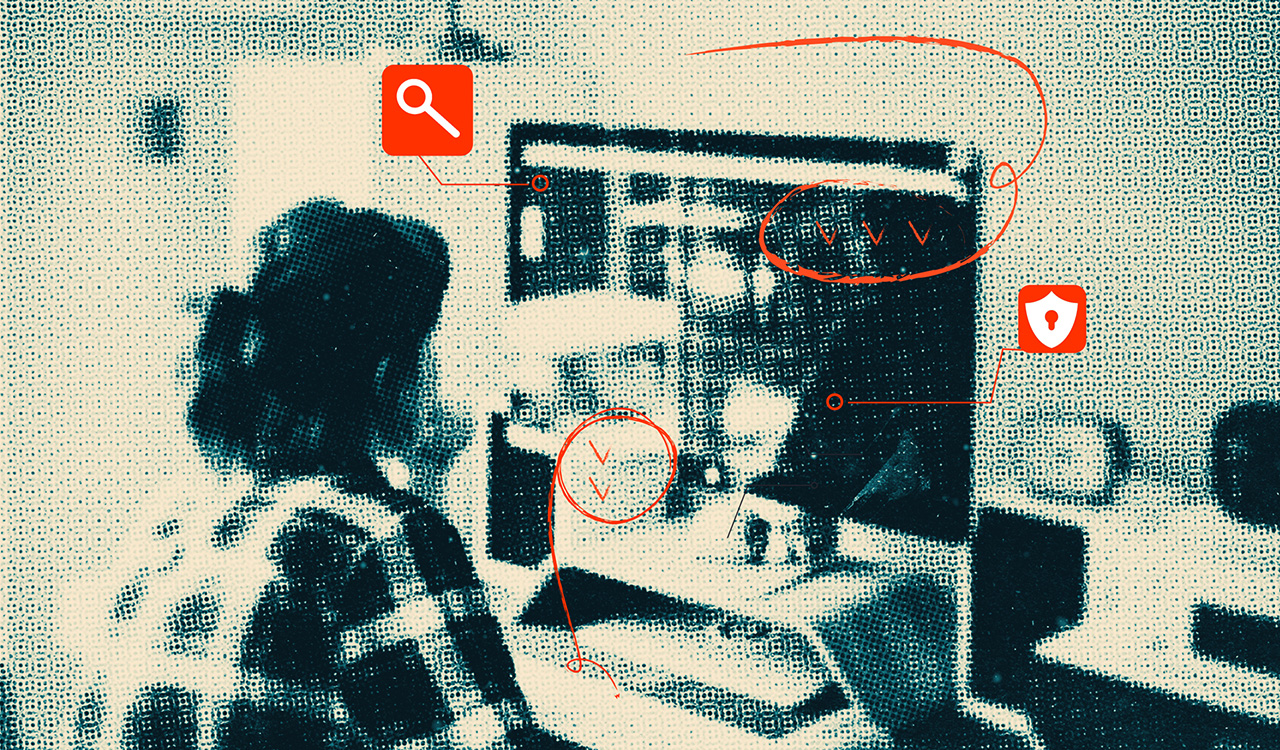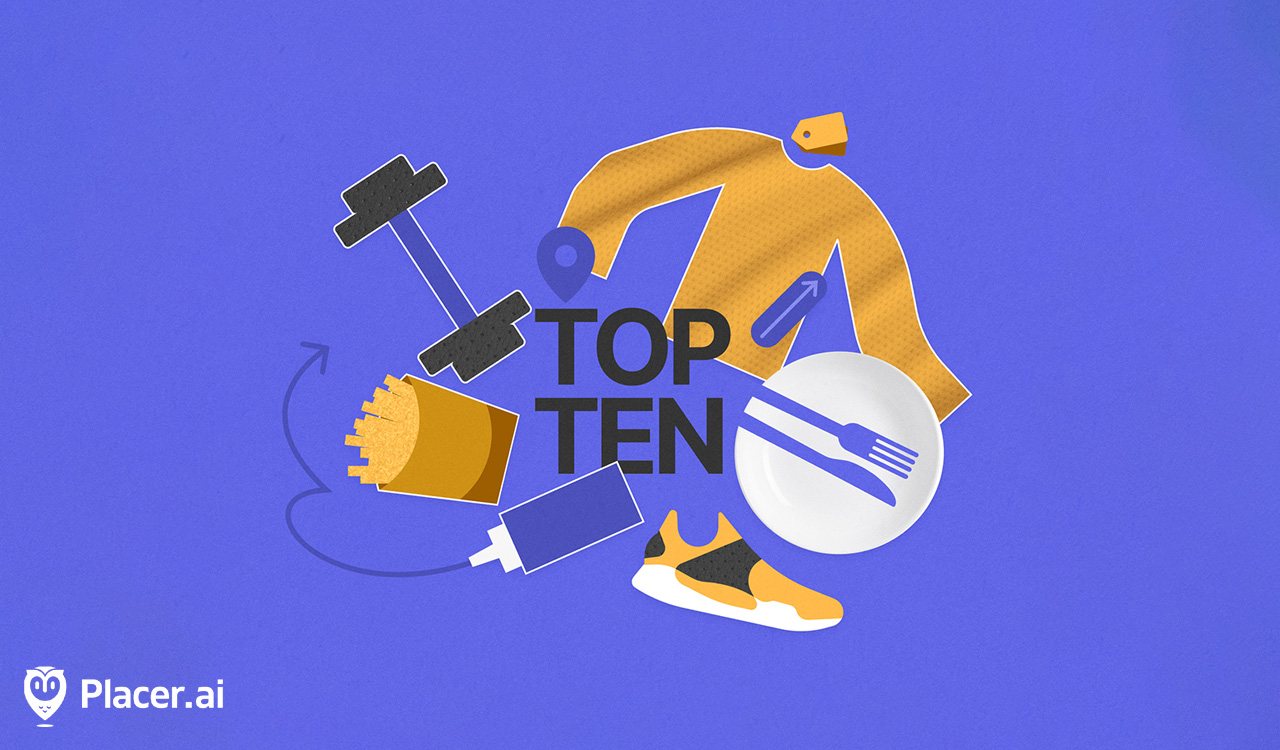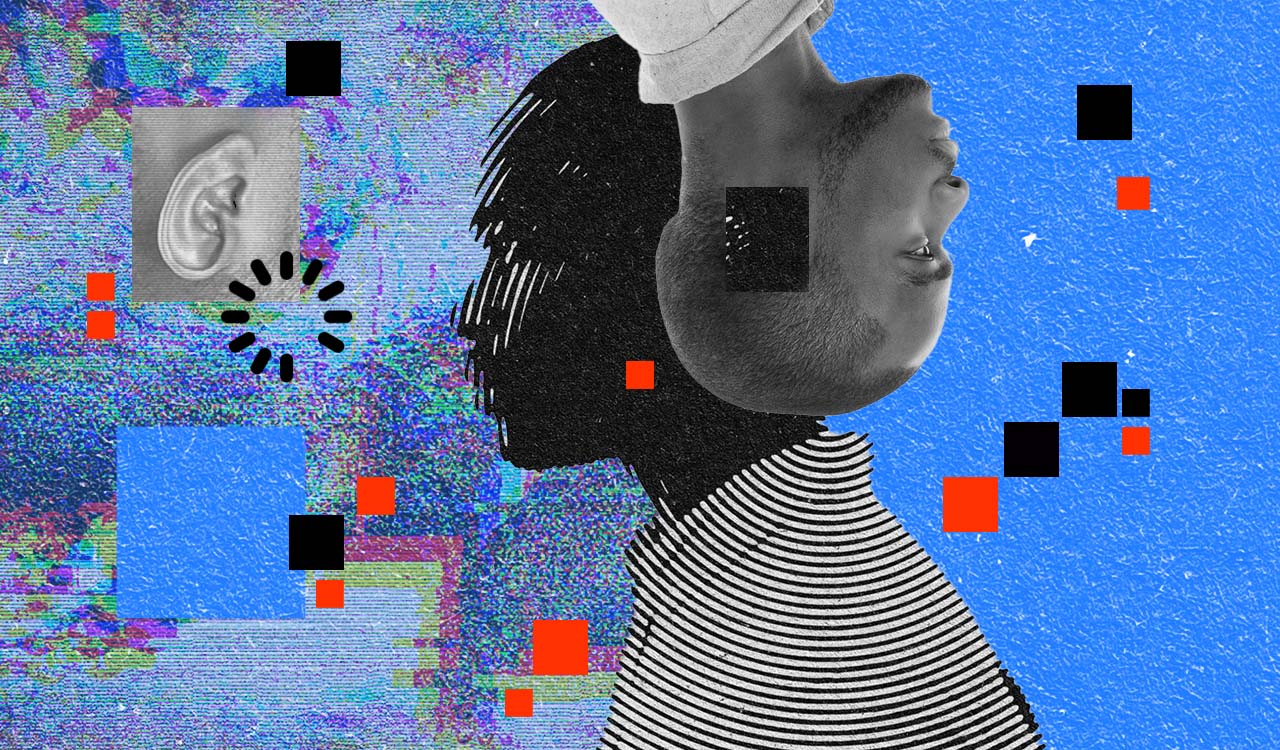Chloe Duckworth founded Valence Vibrations with her USC classmate, Shannon Brown Lee, to bridge emotional communication gaps across neurotypes. They utilize AI haptics to analyze and interpret emotional data with the goal of translating emotions once glossed over by text-based AI into tangible physical signals. Both 23 years old, they are young entrepreneurs moving full-forward with their startup as industry-defined “marginal” founders.
There are big benefits for investors who set their historical biases aside. “Women lead more diverse companies,” Chloe says. “And diverse companies are generally able to be much more profitable because we’re able to represent a much wider consumer base than companies that are run by the same white men.”
However, before becoming innovators, they were 18-year-old college freshmen living across the hall from one another at USC. “I was studying Computational Neuroscience, and she was studying Computer Science and Quantitative Biology,” Chloe says. “We got together during the pandemic to try to bridge the biological applications of machine learning, particularly in digital accessibility applications.”
They entered a hackathon through a neurotech company called Neurosensory, founded by one of Chloe’s mentors, which helps deaf and hard-of-hearing people better interpret sounds as vibrations. “Shannon and I entered with this idea of expressing emotion as a tangible signal and learned a lot about neurodiversity in the process.”
While the goal of the product initially was to translate emotions and emotional reactions across neurotypes, the young duo quickly discovered broader applications for their technology. “We’ve really set out to become the emotional subtitle of the internet,” Chloe says. “We’re here to prove that emotional context is not just helpful, but vital in understanding communication in digital platforms, whether that be human to human communication that is right now very disconnected, but also AI to human communication, and improving that feedback loop.”
A Level Playing Field for Diverse Neurotypes
Valence Vibrations started with the goal of improving communication to create a more level playing field––particularly for neurodiverse individuals who often face economic disparity. The situation was frustrating to Chloe because although there were no apparent solutions, she didn’t see it as an intractable problem. “It’s just something that people are addressing in an incorrect way. The way that we talk about neurodiversity today is very much in medical lines, and we think about the medical definition of disability in a single context: needing additional support, and oftentimes therapy and medication.”
“We don’t recognize the autistic communication style as an equally valid communication style,” Chloe adds. “There’s typically therapy to ‘correct’ this communication style, rather than lean into it by learning to empower and translate autistic communication, and that’s really the goal of our technology.”
According to Chloe, “There are ways to allow people to show up online authentically as themselves. We saw closed captioning take hold very early on in the pandemic, with companies like our AI, but we didn’t really see that emotional context until later––and that’s so important for communication across cultures, accents, genders, and age differences.”
Chloe urges people to think about neurodiversity in the context of neurotypes as different operating systems, with brains that simply process sensory information differently. She gives the example of an autistic person who is hypersensitive to sounds: “It’s very disturbing to have loud overlapping sounds from different inputs, like background music or people talking at the same time. Or there are hyposensitivities where you’d be craving deep pressure from a haptic wristband. That’s why breathing or the feeling of swinging on a swing can be a self-soothing mechanism.”
And speaking of haptics, it is technically defined as “the use of technology that stimulates the senses of touch and motion, especially to reproduce in remote operation or computer simulation the sensations that would be felt by a user interacting directly with physical objects.” Axios recently reported, “Imagine if you could touch your phone screen to feel the texture of that shirt you might buy, the roughness of a sand dune, or the striations of a block of wood. That’s the promise of surface haptics, a branch of mechanical engineering that aims to improve the displays in our automobiles, kitchen appliances, and cellphones and iPads. Northwestern University engineers have built touchscreens that enable us to feel a variety of sensations — such as sticky, rough and fuzzy.”
From Sensory Augmentation to Employment Equity
And speaking of haptic wristbands, Chloe’s company started with a neurodiversity app for Apple Watches providing real-time feedback on how the wearer and the person they’re speaking with are feeling. The sensory augmentation watch gives wearers real-time, haptic feedback during a conversation, so they can feel the emotional vibes as tangible, physical vibrations. “So, when you’re angry, you’ll get an abrupt buzz. Happy is this light feathery tinkling feeling,” says Chloe.
But Chloe quickly realized that within the autistic community, there was a wide employment disparity that often translated into a lack of disposable income. “80 percent of autistic adults in the United States are either unemployed or underemployed,” Chloe says.
Due to the socioeconomic gap, Chloe and Shannon decided that selling a premium consumer SaaS application on an Apple Watch wasn’t the best way to serve the community. They’ve since launched an enterprise version of their mission which, Chloe says, is “essentially augmenting all conversational intelligence online.”
“That application is called Pulse API, and it’s live streaming emotional analytics during a conversation, providing feedback after a conversation on the emotional tone of that conversation, and creating recommendations based off of that.”
Retail Applications of Pulse API and Emotional IQ
So, what’s the retail angle? There are three core applications for Pulse API:
- Helping sellers better understand customers throughout the sales process
- Building and selling things that people actually want
- Marketing to these customers effectively.
Chloe breaks it down in terms of its application for video calls, “We have live subtitles that appear during a video conferencing call. We have also developed dashboards that show how emotions are changing at each inflection point in a conversation.”
In terms of marketing, picture someone selling software in a video call and, after mentioning a particular feature, the listener gets excited. The technology then lets the salesperson map listener excitement down to the exact word that triggered it. There’s a similar use case for employee morale––managers can understand where employee communication breakdowns occur to address them effectively. When salespeople better understand customer interactions throughout a sales cycle, they understand the repeatability of buying patterns, and the what the ‘why’ behind that is repeatability––what Chloe calls “our happiness quotient.”
“Being able to add that emotional context piece means that the other 93 percent of the conversation beyond the actual transcript––that’s made up of nonverbal and emotional reactions––was tracked using this API.”
For retailers, the practical application is customer intelligence. Chloe gives the example of a drive-thru. “At each touch point, we’re able to help AI agents have emotional context for when that customer is getting frustrated, so that they can feed that back into the AI engine to course correct when getting an order wrong, or to facilitate the handoff between AI agents and real person behind the line.”
Bridging the Disparity in Venture Funding
Despite starting her company at the young age of 19, in some ways, Chloe is no different than any other founder––particularly in facing the challenge of finding funding as a young, female entrepreneur.
“I think there’s this narrative within Silicon Valley of the young dropout coming to Silicon Valley and immediately getting funding,” Chloe says. “It does happen like that for some people, but for marginalized founders (like female entrepreneurs), it takes longer. And I think you need more proof points to get to the same place (as non-marginalized founders) where you can build investor connections.”
Chloe adds that in 2023, women garnered just 1.9 percent of all venture capital. “We’re part of that 1.9 percent, and that’s an abysmal number. In venture capital, there’s something called ‘pattern-matching,’ where they will try to match you in their minds with the image of another successful founder archetype that they see you fitting into.”
Since fewer women, people of color, and other marginalized founders have had access to historical venture capital, Chloe says it’s a lot harder to pattern-match them into track records of successful founders. She attributes the existing bias on capital funding to this lack of historical context.
But there are big benefits for investors who set their historical biases aside. “Women lead more diverse companies,” Chloe says. “And diverse companies are generally able to be much more profitable because we’re able to represent a much wider consumer base than companies that are run by the same white men.”
A Path Forward
Chloe Duckworth’s journey from an 18-year-old college freshman to the co-founder of Valence Vibrations is evidence of her dedication to creating more inclusive communication solutions through innovative technology. Chloe’s story is a testament to the power of empathy combined with cutting-edge technology, proving that true innovation lies in understanding and embracing our differences.
Valence Vibrations is a beacon of progress for a more inclusive future, not just for people of various genders and ethnicities, but for neurodiverse individuals who are often overlooked by traditional methods of outreach. With companies like Valence Vibrations and young entrepreneurs like Chloe at the helm, we just might be able to create a world where everyone has a fair place––regardless of their inborn neural operating system.





